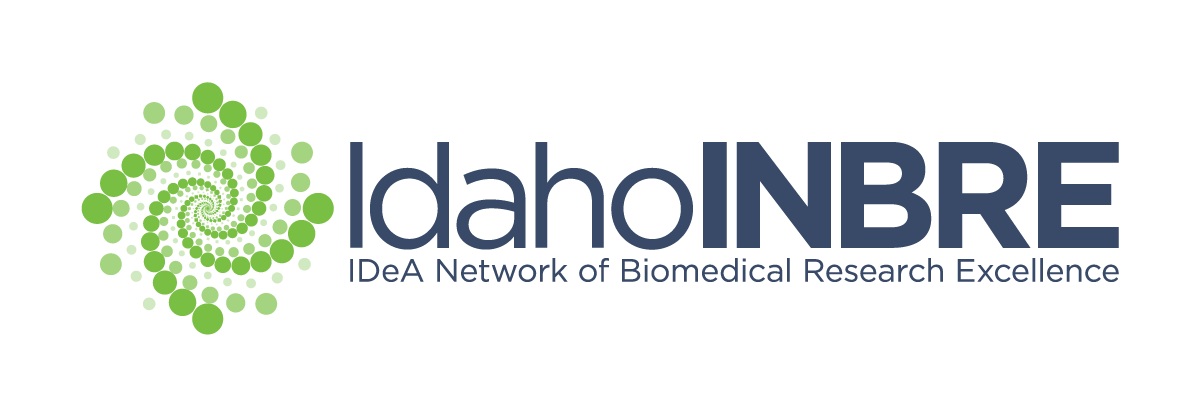
- Name: Ken Rodnick, Ph.D.
- Institution: Idaho State University
- Department: Biological Sciences
- Phone: 208-282-3790
- Email: rodnkenn@isu.edu
- Website: http://www.isu.edu/bios/people/faculty/rodnkenn/
Summary: Mechanisms of non-enzymatic glycation of human proteins and implications for diabetes mellitus Drs. Ken Rodnick (Department of Biological Sciences) and Robert Holman (Department of Chemistry) Glucose is a vital sugar for energy metabolism for all human cells. However, under physiological conditions, glucose reacts nonenzymatically with a wide variety of proteins and can lead to pathological outcomes. This interdisciplinary research is at the interface between biochemistry and organic chemistry and centers upon understanding the mechanism by which human hemoglobin is glycated, which is an important biomarker for blood glucose monitoring of Type II diabetes mellitus. Approximately 8% of the population of Idaho (almost 1 in 12) is afflicted with diabetes mellitus, a condition that is characterized by persistent hyperglycemia (high blood levels of glucose). The general molecular perspective is that the harmful effects of diabetes and several age-related chronic diseases are directly and/or indirectly the result of glucose reacting with intracellular and extracellular proteins (a process called glycation). While a general understanding of the chemical reactions in the later stages of protein glycation exists, a mechanistic understanding of the initial chemical processes does not exist. Thus, the earliest stage of the glycation of the human protein hemoglobin A (HbA) is the focal point of our collaborative investigation and is important because its measurement is used to assess and treat patients with diabetes. The goal of our research is to understand the bond-making/bond-breaking mechanism of the first step of the glycation process. We use a complementary experimental and computational approach to explore the initial interactions between glucose and HbA. Model reactions are conducted in solution (in water) and monitored by 13C, 1H, 31P nuclear magnetic resonance spectroscopy (NMR). Because the human red blood cell containing HbA also contains chemical anions such as phosphates, lactate and bicarbonate, the model reactions have been performed both in the presence and in the absence of phosphates/lactate/bicarbonates to assess effects on the overall process and possibly explain why some individual with diabetes may exhibit higher or lower rates of HbA glycation.
Minimum Classes: Biology, Chemistry, Cell Biology, Organic Chemistry (Biochemistry – preferred)
Projects: Students will learn experimental and computational techniques to define the initial interactions between glucose, anions, and human proteins. They will potentially conduct model reactions using define conditions that mimic conditions in human blood and 13C, 1H, 31P nuclear magnetic resonance spectroscopy (NMR). They might also learn clinical measurements of glycated hemoglobin using affinity column chromatography and a variety of computer simulations involving crystal structures of proteins and binding molecules such as glucose and physiological anions phosphate, lactate, and bicarbonate.



